Description
ABSTRACT
A Review of the Withholding Tax Regime for Bonds in Nigeria
Ayodele Ashiata Kadiri* and Abdurrahman Nasir Salis**
Between 2011 and 2021, corporate and individual bondholders enjoyed several tax exemptions. From 1 January 2022, the landscape for the taxation of income on bonds has undergone significant developments. First, several of the exemptions enjoyed between 2011 and 2021, being timebound, ceased to best operative as of 1 January 2022. Second, each year between 2019 and 2022, a Finance Act was passed to make extensive amendments to extant tax statutes. Third, the Federal Inland Revenue Services (the “FIRS”) issued a notice in 2022 setting out changes to the withholding taxes payable under the various double taxation treaties to which Nigeria is a party. To provide clarity to bondholders, prospective investors and other stakeholders in the debt securities capital market, the authors have extensively reviewed the current withholding tax regime on bonds, with commentaries and suggestions as applicable.
Keywords: Withholding tax, bond, debt securities.
INTRODUCTION
The withholding tax (“WHT”) is, contrary to its nomenclature, not a type of tax. Rather, it is a method used to collect income tax at source. WHT is well suited for collecting income tax due on interests, dividends, rents, and royalties at the point of disbursement by the payer (i.e. before they get to the recipient). The implication is that the recipient receives the payment less the WHT deducted. After being deducted at source, the WHTis thereafter applied as a tax credit to the income tax liability of the recipient in the relevant year(s) of assessment to which the payment that suffered the deduction relates. The WHT is usually evidenced in a withholding tax credit note.1
Like any other interest payment, the interest payable on a bond2 is ordinarily subject to WHT. Thus, issuers of bonds are generally required under the Companies Income Tax Act, 1979 (as amended) (“CITA”) and the Personal Income Tax Act, 1993 (as amended) (“PITA”), to deduct WHT at the rate stipulated in the relevant statute depending on whether the bondholder is an individual or a corporate entity.
* Senior Associate, G. Elias.
** Associate, G. Elias.
- FIRS ‘Withholding Tax (WHT) FAQ’ accessed 10 April 2023.
- Please note that this article focuses on bonds alone, as opposed to debt instruments or securities generally.

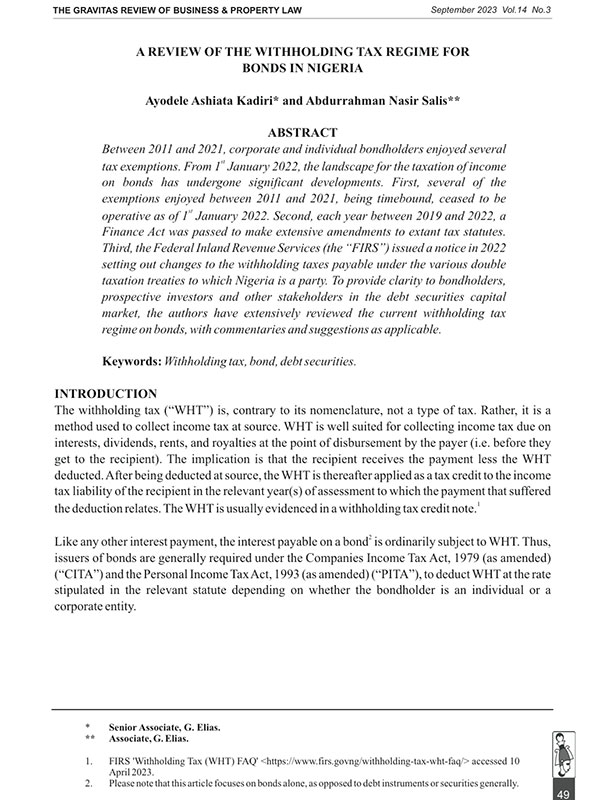
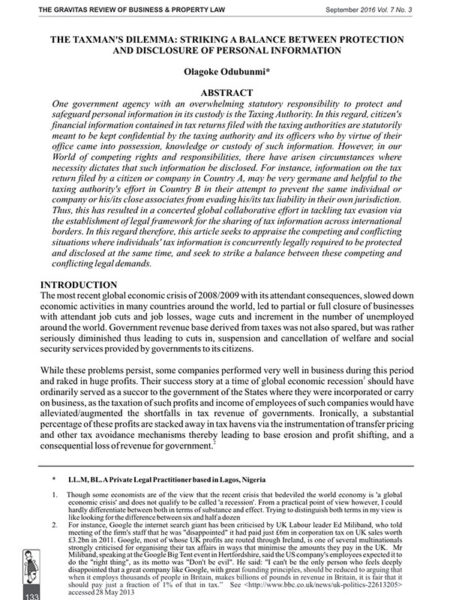


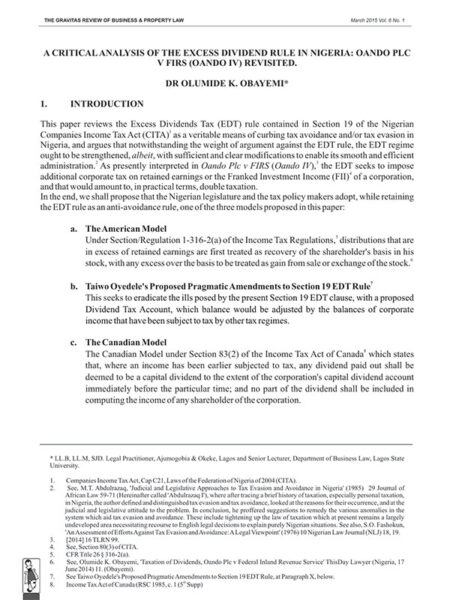
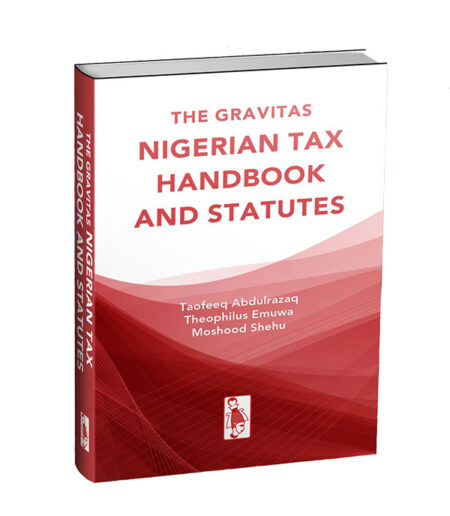

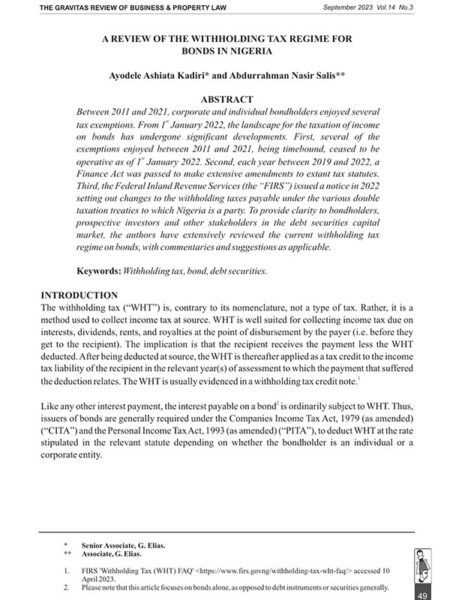
Reviews
There are no reviews yet.